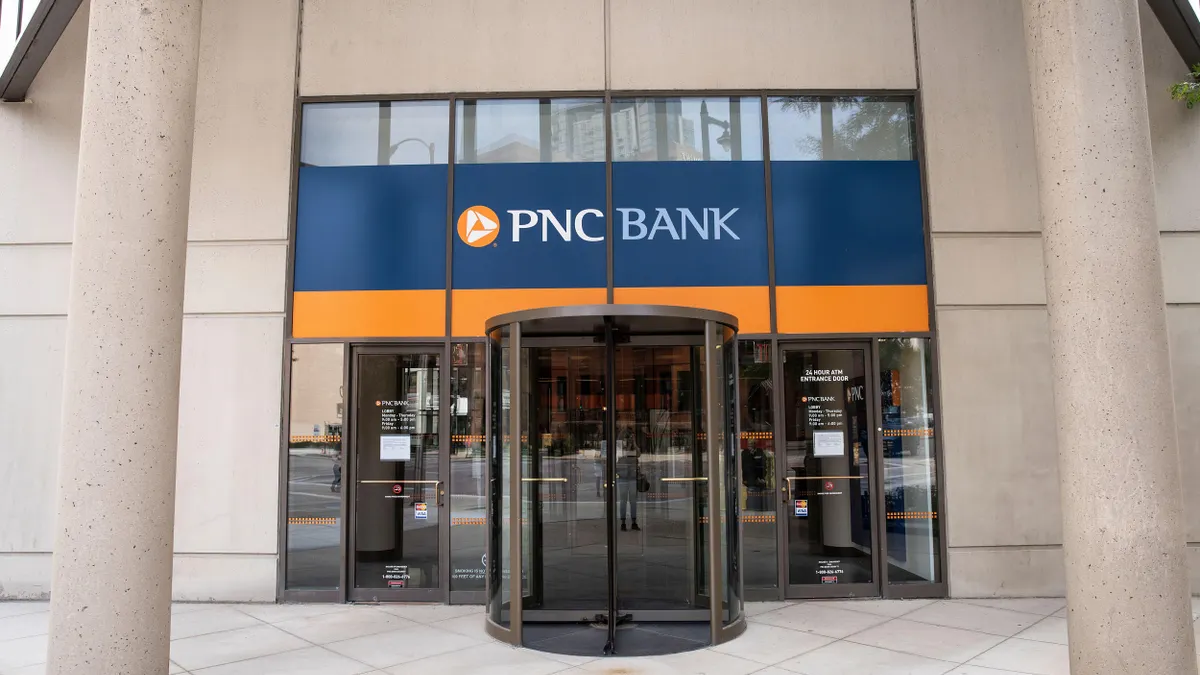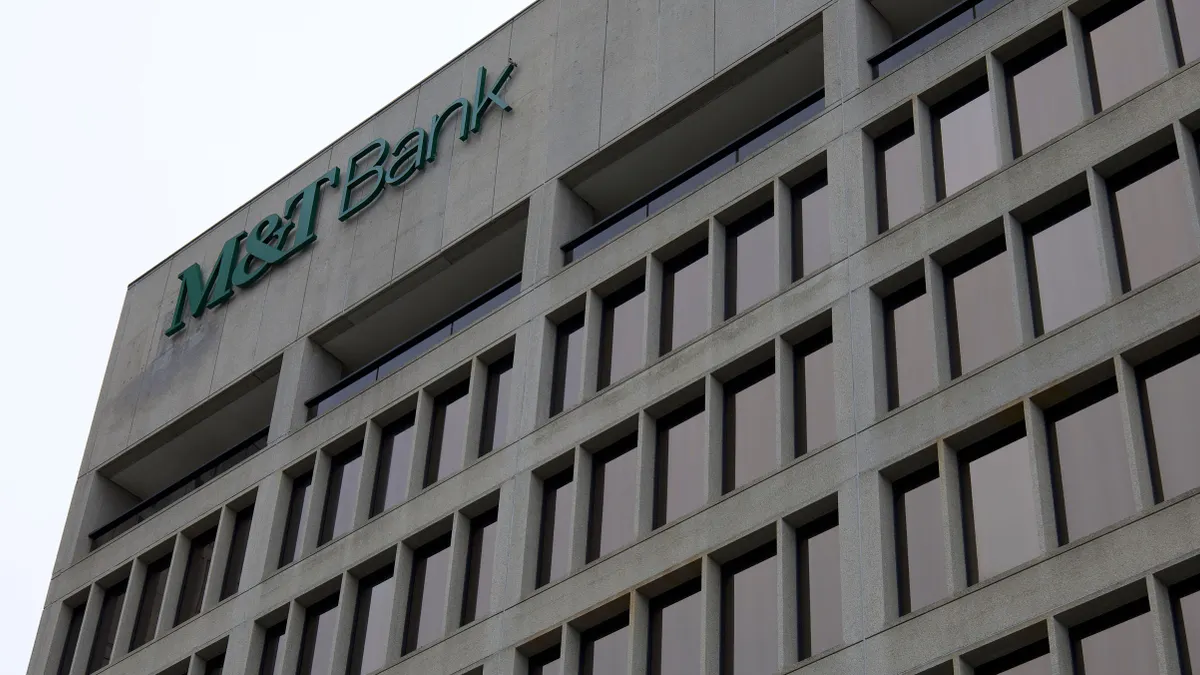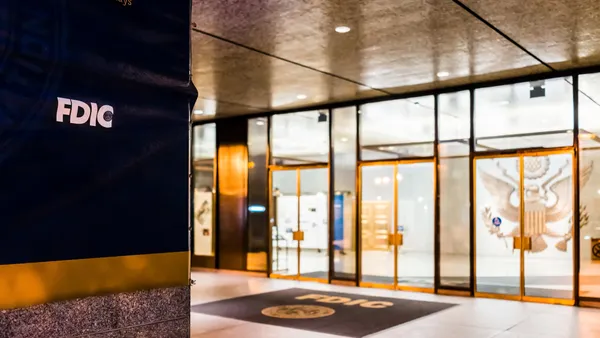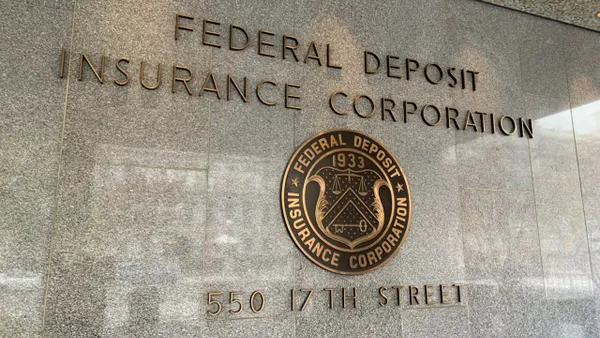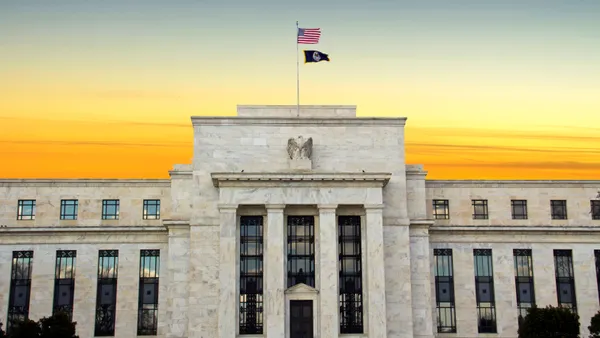The rapidly changing regulatory and risk landscape presents a constant challenge for banking industry leaders. Forty three percent of banking executives cited compliance as their top concern for 2022. The only issue cited more was cybersecurity, which also comes with compliance implications.
Indeed, keeping pace with evolving rules and maintaining compliance in a pandemic era is no small feat. There are newly remote workforces and a growing digital customer base. The SEC has opened inquiries into how Wall Street banks keep track of their employees' work-related digital communication, and some companies have already been fined.
But innovative technologies—empowered by improved connectivity—are making compliance easier, faster, and more effective. "Connectivity is the gas that's fueling a growing world of applications and tools that allow bankers to improve their compliance processes," says Christopher Casey, Industry Segment Advisor at T-Mobile for Business. "This next phase of the industry's digital transformation will rely on an entire ecosystem of solutions, which will improve not just compliance, but the entire business and customer experience."
To remain compliant amidst these shifts, banks must understand how this ecosystem works—and the possibilities that improved connectivity presents. That way, Casey says they can reduce their risk and ultimately improve their business in the process.
A new era of compliance and risk
As the pandemic accelerated the need for even more digital banking services, the industry experienced a decade worth of change over a couple of years. To be sure, the spike in people using mobile apps and online accounts was a direct result of restrictions and concerns that kept people away from bank branches.
But a survey from Deloitte shows that the shift wasn't just a reaction but instead a permanent change of habit. One in three consumers said they relied on digital applications to apply for a loan or mortgage last year, and one in four said they went online to make securities investments.
At the same time, a considerable number of banking employees began working remotely. One American Banker study revealed that the percentage of bank staff working partially from home doubled from 2020 to 2021. "Wall Street firms have been required for decades to closely monitor and save their employees' business communications, a task that's been complicated in recent years by the proliferation of mobile technology, messaging apps, and working from non-corporate locations," Casey said.
Where connectivity meets innovation
This is where connectivity makes the difference. Remember the ecosystem Casey mentioned earlier? The industry relies on ever-improving connectivity to power and secure the growing number of applications and devices that help today's banks stay ahead of compliance issues.
For example, T-Mobile's 5G network can provide a highly-secure connection for IoT devices, enabling companies to easily and quickly deploy updates to the edge. That's imperative in a hybrid work environment.
Access to improved connectivity also allows banks to leverage new technologies. For instance, Casey noted that emerging AI solutions promise to help bankers better evaluate risk within new accounts and identify potentially questionable transactions. He also highlighted another innovation that enables banks to record and preserve client phone communication for the organization, even if the employee uses a personal or remote device.
The possibilities are exciting—and there's more to come. For example, Casey is currently collaborating with T-Mobile's Curiosity Lab at Peachtree Corners to help entrepreneurs develop and test new 5G use cases for the banking industry and beyond. However, while Casey said that 5G is essential, so too is maintaining multiple levels of speed and connectivity.
"At T-Mobile, we provide faster connectivity at every level so that you can have more capacity across the entire banking ecosystem," he said.
The ecosystem architects
New options for networks. An industry amid its next iteration of digital transformation. And compliance requirements that demand prioritization. In a complex environment like this, banks need a strategic partner that can help create the ecosystem that companies need while also providing access to ongoing innovation.
"T-Mobile is becoming the ecosystem architect," Casey said. "We can provide the network that orchestrates the many complex activities of financial institutions as well as advise and bring partnerships with best-in-class solutions and products that solve banking pain points."
As Casey noted, network connectivity is the key enabler—and it's giving life to a new world of compliance solutions and devices. By partnering with T Mobile, banks can ensure they understand how networks are core to every business and unlock the solutions that enhance security, help reduce labor costs, and drive increased customer satisfaction. Learn more at T-Mobile.com.




